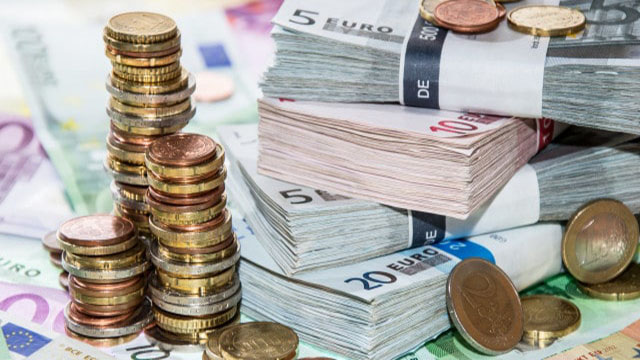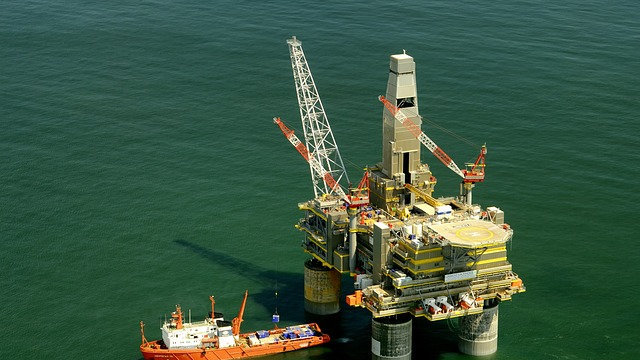
 577
577
Euro Declines from Three-Year Peak Amid ECB Dovish Shift and Tariff Easing
The euro has experienced a decline following its rise to a three-year peak of 1.1570 last week. This downward movement can be attributed to a reduction in tariff-related tensions, which helped to stabilize the U.S. dollar and slow the euro’s ascent. Currently, the euro is trading at approximately 1.1390, according to recent analysis from currency experts.
The eurozone’s central bank has adopted a more dovish tone lately. Officials have indicated that inflation risks appear to be lessening, allowing for more agile responses to emerging economic data. Notably, some members of the European Central Bank (ECB) expressed concerns about the outlook for inflation. There are suggestions that if inflation continues to fall below the ECB’s target of 2%, further interest rate cuts may be warranted. Some officials have suggested that larger cuts should not be dismissed outright, reflecting a cautious approach to monetary policy.
Furthermore, the ECB’s Chief Economist acknowledged the potential negative impact of the euro’s strength on the region’s economic recovery. While he affirmed that any future rate changes would not follow a rigid path, the implications of tariffs on inflation and growth cannot be ignored. Another ECB official cautioned against aggressive rate reductions unless the economic outlook deteriorates significantly, stressing the importance of maintaining policy flexibility.
In terms of market dynamics, the current daily momentum indicates a balance, while recent declines in technical indicators suggest a possible stabilization. The euro may be poised for two-way trading, with resistance levels identified at 1.1490 and 1.1570. A decisive breakout above these levels could propel the euro towards 1.17. Conversely, failure to break through may indicate a potential shift to a bearish trend, with key support levels located at 1.1280 and 1.1200, which serve as critical levels to monitor in the coming periods.














